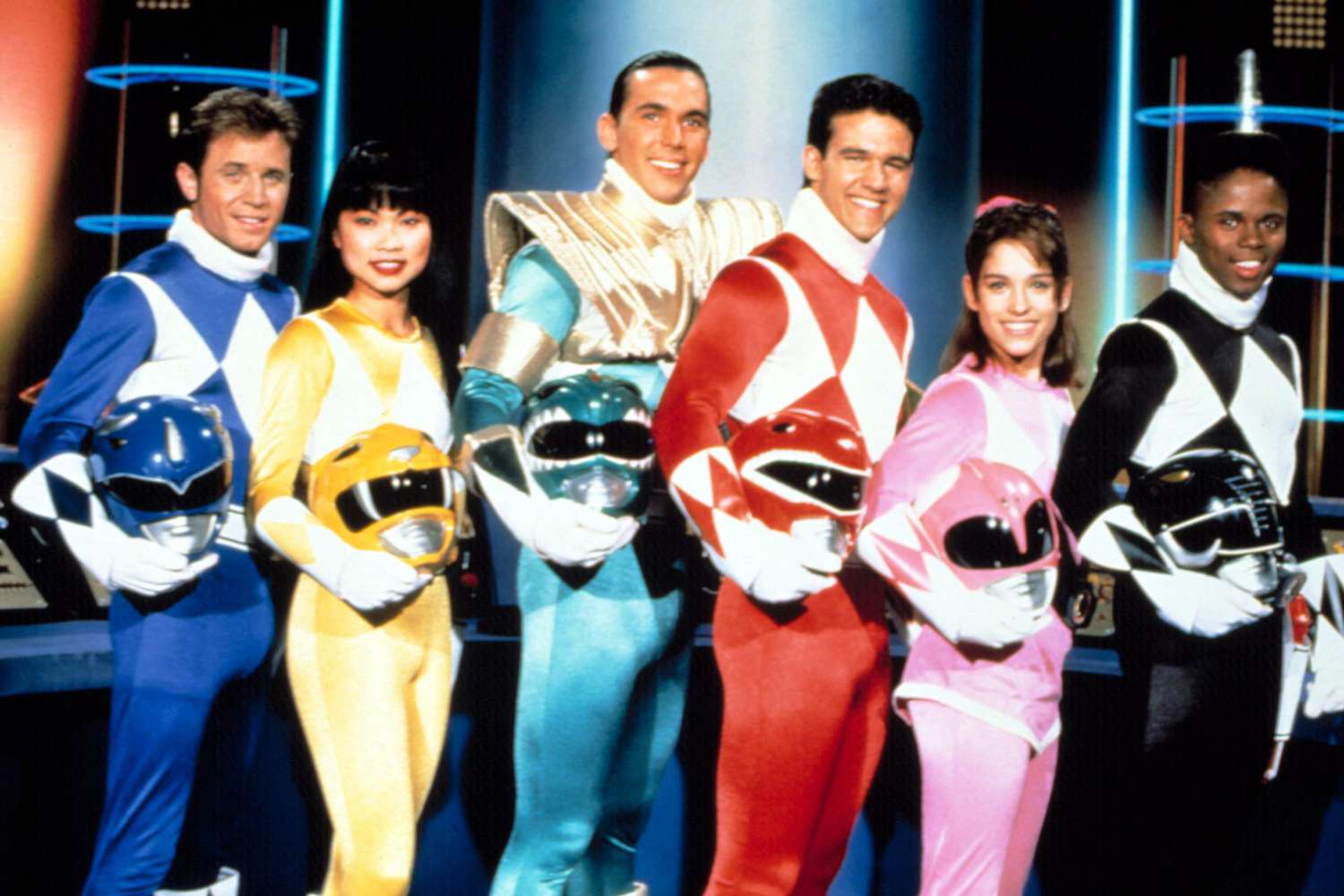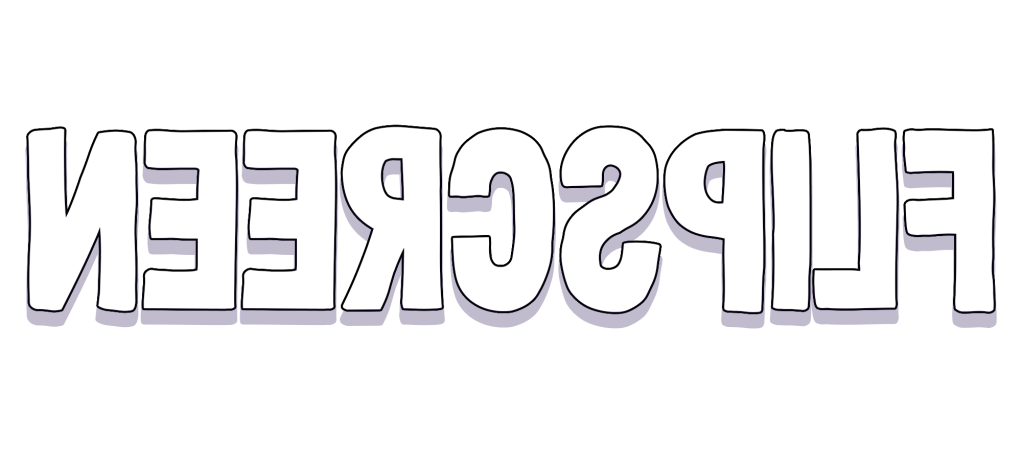Content warning: This article contains references to homophobic behaviour which readers may find distressing.
Going back to the early episodes of Mighty Morphin’ Power Rangers feels like reuniting with an old, haggard friend. Despite the franchise now approaching its thirtieth anniversary, the Power Rangers property shows no signs of slowing, with new film and TV projects recently announced, helmed by Jonathan Entwistle (writer of The End of the F**king World ).
Yet out of the twenty different Power Rangers properties, the original Mighty Morphin’ is by far the most enduring. It may not be my favourite – 2004’s Dino Thunder holds that title – but decades after Jason, Kimberly and co. left the Morphers behind, Power Rangers media still focuses on the original incarnation. From the comics to Funko Pops, video games to the 2017 reboot, the blueprint for Rangers is firmly rooted in what came in 1993.
What makes it so fun to re-watch is how unerringly charming and bubbly the show is. Yes, every episode is as predictable as the next: Rita unleashes a new monster, the Rangers are brought to their knees by it, then bounce back with a combo of either Power weaponry or Megazords, and the day is inevitably and invariably saved. It’s a safe formula that provides the sort of good-versus-evil comfort that times like these have necessitated more than ever.
But of course, in some ways it has aged mightily. The show’s fundamental DNA – action footage from the Japanese Super Sentai show spliced with American-made high school hijinks – does feel admittedly clunky in retrospect. The Rangers’ exaggerated body language and dodgy performances, and Rita Repulsa’s dreadful lip-syncing, show signs of age that didn’t matter before, but it doesn’t diminish Mighty Morphin‘s quality at all. Later seasons have become increasingly high-budget, sterile, and ultimately less successful – the last good season was 2005’s SPD, and the 2017 cinematic reboot swiftly came and went – meaning the early seasons have become a time capsule for the rugged, rough-around-the-edges charm that made the show so likeable.
It’s a show that, in the age of on-demand viewing and binge-watching, has rarely felt so accessible. Episode breeze by in a twenty-minute flurry of flamboyant rock music, wildly unrealistic combat and dreadful puns, and despite there being very little serialised narrative, it’s almost impossible to watch just one episode. The endorphin boost of the rollicking action is what hooked me as a toddler, and it still holds up today.
Maybe it’s nostalgia talking, but there’s a purity and unfettered joy from Mighty Morphin’ Power Rangers that very few children’s shows have – let alone maintain nearly three decades later. From Billy’s goofiness to Kimberley’s charm, the characters are thin, but more than enough to plug the gaps between action scenes, and when the show attempts multi-episode arcs, such as the truly brilliant Green with Evil saga, where the mysterious Green Ranger puts the Rangers in a rut of defeat, it proves that it has the narrative depth and emotional weight to hook even older viewers – when it wants to, at least.
But it would be irresponsible to look retrospectively at Mighty Morphin’ Power Rangers without holding to account the dark history that still feels largely ignored. Much has been said about the homophobic abuse David Yost faced on-set, mistreatment that ultimately led to him leaving the show during Power Rangers Zeo, which undoubtedly casts an egregious shadow over the campiness and fun of the finished product. What he faced was horrifying: he was subject to homophobic slurs on-set, with his sexuality becoming a topic of gossip between the crew, and was told he was “not worthy” of being on the show; that his sexuality meant he “could not be a superhero”. The abuse was so scarring that Yost went on to attempt conversion therapy after the show, which ultimately led to him suffering a nervous breakdown. The dark undertones behind the show become impossible to ignore, and the lack of retribution for what Yost faced is an ugly sore that still haunts the property.

And while it may have been accidental, the racial coding of the Rangers’ colours is hard to overlook in modern contexts. Casting the Yellow Ranger as an Asian woman and the Black Ranger as a Black man is something that simply wouldn’t fly today. Even though it’s been excused as pure coincidence, the fact it took the producers ten episodes before they realised it could be interpreted as racist is not only baffling, but utterly tone-deaf.
The original Black Ranger, Walter Jones, claims there was nothing behind this: that the Yellow Ranger’s role was originally filled by the Hispanic-American actor Audri Dubois, and that his casting as the Black Ranger wasn’t considered in this manner, but it’s certainly concerning. As was the stereotypical characterisation of Jones’ Zack, who often danced and listened to hip-hop in a manner hard to not consider through a racist lens. Even more troubling is that in the franchise’s 28-year history, only sixteen of the total Rangers, numbering at almost one hundred, are Black – with the leading Red Ranger only being played by a Black actor three times in that period.
The 2017 reboot, Lionsgate’s Power Rangers, clearly made an effort to learn from the mistakes of the past, casting Black actor RJ Cyler as the Blue Ranger, and promoting diversity of races and sexualities throughout. The casting process was undertaken without ethnicities attached to the characters, meaning issues like Mighty Morphin’ faced were avoided – although the film’s underwhelming reception means it didn’t mark the diverse shift in the franchise that many hoped it would. The reboot was designed to breathe new life into the franchise, but performed dismally at the box office, with subsequent sequels, teased in the film’s end credits, canned.
And even aside from the problematic nature of the show’s past, the property itself – at least its on-screen output – is in danger of becoming a sinking ship. Recent seasons have used the tried-and-tested formula of uniting Rangers from across the show’s history, but it isn’t enough to stop viewing figures falling to a fraction of what they were even a decade ago, when the show was already far from the cultural touchstone it once was. The upcoming rebooted film and show from Paramount seem promising. It’s got genuine talent behind it – and Entwistle has ‘an incredible creative vision’ for the franchise’s future – a passion that the 2017 reboot desperately lacked.
Regardless of how much fun Mighty Morphin’ Power Rangers still is – despite its murky production, as a finished product it’s some of the best 90s TV around – perhaps a new perspective on the property will do it some good. It’s hard to see anything top the sheer thrills and unadulterated joy of the original series, but a new lease of life is what Power Rangers desperately needs.
As a fan, it makes it particularly hard to position Power Rangers in the zeitgeist of my on-screen inspirations. The pure enjoyment of the show, on a surface level, is very hard to match. But for every light-hearted element the finished product has, it is counteracted by the troublesome – at times abusive – instances that occurred during production. Where does this leave the show? Its legacy is too grand to be entirely discarded from the pop culture canon, but it’s impossible to ignore the issues that have come before, issues which haven’t been explicitly addressed by the show’s makers. If we are to enjoy this sort of media in the future, it’s important to hold these problems to account: sweeping it under the rug is no longer acceptable, and for any lessons to be learnt from what actors like Yost faced, consequences and introspection are utterly necessary.
The 90s series will remain legendary and a true masterpiece of action television – introducing child TV audiences to a trailblazing world of superheroic adventure previously only seen in cartoons – and personally, it’s a show I’ll always cherish as my first true on-screen obsession. But it would be ignorant to ignore how problematic the show’s production history is, and as new instalments are announced and produced, it’s of paramount importance that they learn from the mistakes of the past. And if that can be achieved – as 2017’s Power Rangers attempted to, despite its poor reception – it’s an exciting time to be a fan. For the first time in a long time, it seems like Power Rangers is going to be taken in a healthy new direction. And I, for one, can’t wait.


Leave a comment